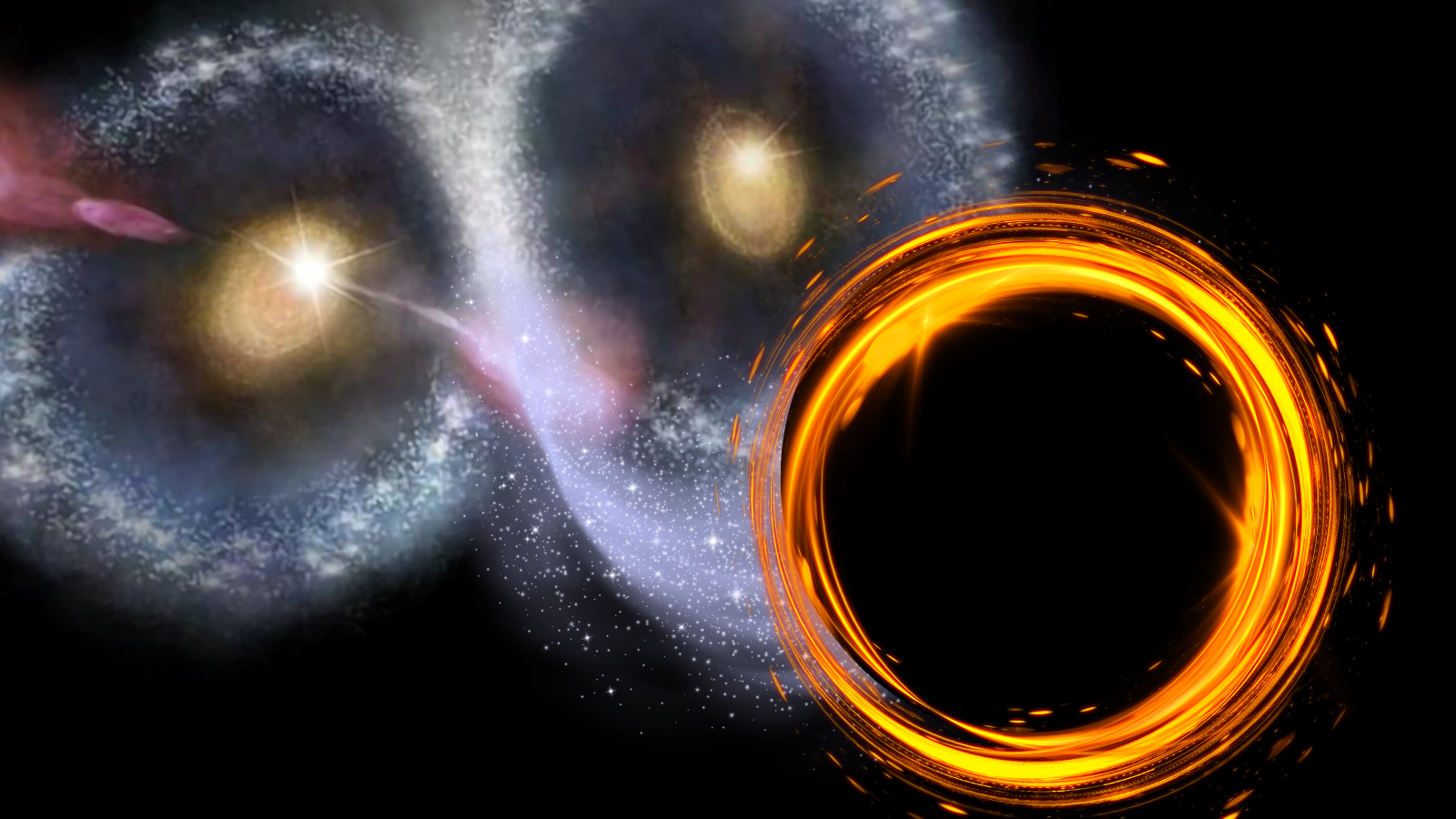Europe Prepares Its Own Exploration Blueprint
European space scientists are expected to adopt in May a broad blueprint for space exploration between 2015 and 2025, despite the fact their spending power for that period is as unknown as the deep-space phenomena they want to explore.
The European Space Agency's Cosmic Vision 2015-2025 program, disclosed April 19 in briefings at ESA's Estec technology center in Noordwijk, Netherlands, lays out a series of science goals, including visits to the outer solar system, landings on near-Earth objects, space-based astronomy observatories and a search for conditions that might support life on other worlds.
These missions would be launched starting in 2015 on a scale -- and at a pace -- to be determined by whether other space agencies agree to share costs, and by the level of funding available from ESA, the 25-nation European Union and individual European nations.
ESA Science Director David Southwood said Cosmic Vision 2015-2025 can be accomplished in a stripped-down form even if ESA's current science budget of about 360 million euros ($470 million) does not increase except with the rate of inflation.
But it would be difficult, he said, which is why ESA hopes a December meeting of European space ministers includes at least an endorsement of the program's breadth, even if no financial commitment can be made then.
"Ministers have to be concerned about policy, and about setting long-term goals for society," Southwood said.
The most immediate steps for the program are a review by Europe's Space Science Advisory Committee (SSAC) May 2 and a final vote on the plan by the Science Program Committee, scheduled to meet May 9-10.
Breaking space news, the latest updates on rocket launches, skywatching events and more!
If these committees accept the plan, requests for mission proposals would be sent out later this year.
The short-term budget forecast for ESA is for no real growth. But the agency is counting on the European Commission to add to ESA's budget from the commission's research budget.
ESA officials are also hoping that if Europe decides to adopt a long-term space exploration plan including astronauts, this budget can be used to pay some of the costs of space science.
ESA's Aurora space exploration program, which resembles NASA's new vision for future space exploration, is currently run from the agency's manned space flight directorate, which oversees Europe's work on the international space station. Aurora might serve, in its early years, as a force multiplier for Cosmic Vision 2015-2025, for example in robotic Mars exploration.
"There is only one European Space Agency," Southwood said. "Aurora is a European plan for exploring Mars. Naturally we're expecting to use it for science, in the same way as we expect to be using the space station."
SSAC Chairman Giovanni Bignami said Cosmic Vision 2015-2025 could be financed in slices of up to 1.5 billion euros covering three-year periods. Bignami said that for a space-science mission to be launched in 2015, design studies would need to start in 2007.
"We need to get moving on this now," Bignami said. "What we have here is a program that holds its own in terms of scientific interest, and in terms of representing the major space science disciplines. It truly comes from the science community."
Bignami and Southwood said the level of international cooperation with NASA, China, India, Japan, Russia and others included in Cosmic Vision 2015-2025 will likely be substantial, but will not determine the program's direction.
ESA has recently launched payloads on Chinese science satellites, and agreed to provide instruments for India's future lunar exploration satellite. ESA and Japan are cooperating on the BepiColombo mission to Mercury, and Euro-Russian and Euro-American space-science cooperation has become routine.
ESA financed about 15 percent of the NASA-led Hubble Space Telescope, and the agency is taking part in NASA's James Webb Space Telescope set for launch in 2011. Southwood said ESA is still willing to finance the launch of the James Webb mission aboard an Ariane 5, and expects NASA to make a final decision this year.
One European official said ESA would save about 180 million euros from its science budget if NASA decided that a U.S. rocket should be used.
Southwood said international cooperation should not be viewed simply as a way of saving money. "It's not just about financial resources," Southwood said. "It should be about nations working together. We will certainly use international cooperation as a means of getting more for our money, but it's not the primary goal."

Charles Q. Choi is a contributing writer for Space.com and Live Science. He covers all things human origins and astronomy as well as physics, animals and general science topics. Charles has a Master of Arts degree from the University of Missouri-Columbia, School of Journalism and a Bachelor of Arts degree from the University of South Florida. Charles has visited every continent on Earth, drinking rancid yak butter tea in Lhasa, snorkeling with sea lions in the Galapagos and even climbing an iceberg in Antarctica. Visit him at http://www.sciwriter.us
